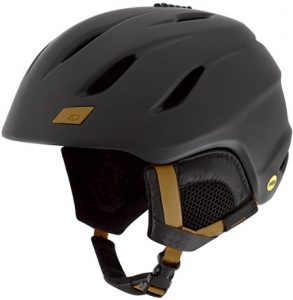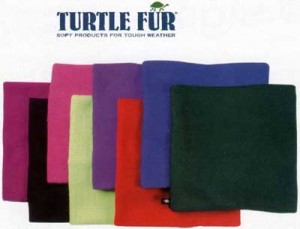 I love my helmet! No, it hasn’t saved me from any traumatic brain injuries, but it’s the warmest headwear for skiing I’ve ever found. Like many Retro-Skiers I was late making the move to helmets for skiing. However when I began teaching my grandkids how to ski, they asked “how come we have to wear helmets and Pawpy doesn’t?” So I got my first helmet.
I love my helmet! No, it hasn’t saved me from any traumatic brain injuries, but it’s the warmest headwear for skiing I’ve ever found. Like many Retro-Skiers I was late making the move to helmets for skiing. However when I began teaching my grandkids how to ski, they asked “how come we have to wear helmets and Pawpy doesn’t?” So I got my first helmet.
I know we don’t get as many subzero days as we did in the past due to climate change, but whenever we do I’m really thankful for my helmet. In the RetroSki days of wool ski hats, it was always a struggle to make sure the hat was covering everything that needed covering. Ear lobes were often left exposed to the weather and as a result often got frostbitten. The ear lobe doesn’t have much feeling so you tended not to be aware of it. Until you went to work on Monday with two very red, swollen ear lobes. It was sort of a badge of courage for being a cold weather skier.
Helmets are only one of the developments since the RetroSki days that help us face cold weather challenges.
In 1981 Malden Mills in Lawrence, Massachusetts, invented synthetic fleece. The material had many properties of wool, but was lighter and didn’t absorb water. Malden Mills called it Polartec. They also worked with Patagonia which led to Synchilla. Patagonia still sells Synchilla based fleece products.
Susan Dirmaier was the first to identify Malden Mills as the originator of polar fleece. She also remembered the tragic fire that wiped out Malden Mills in 1995. The CEO, Aaron Feuerstein, vowed to rebuild in Lawrence and continue paying the employees during the rebuild. However the rebuild left Malden Mills in tenuous financial straits. The company went into bankruptcy in 2004. Feuerstein was removed as CEO and the company was restructured as Polartec.
Bob Simeone also named Malden Mills as the inventor. He says that in the 1980s he hired a secretary who had previously worked at Malden Mills and she used to wear a Synchilla scarf.

Turtle Fur Fleece Neckwarmers
A Stowe-based business was one of the first to take advantage of the new synthetic fleece. Turtle Fur produced the first fleece neck warmer in 1982. Speaking personally, this was one of the best cold weather developments ever! Prior to the neck gaiter, I used either a scarf or one of those ugly neoprene face masks on the coldest days. With the scarf it was difficult to get it wrapped to assure full protection and usually required constant adjustment. I always had trouble breathing with the neoprene mask. But the Turtle Fur neck warmer solved all these problems for me.
Synthetic fleece and its derivatives are now used extensively in layering solutions for cold weather active wear. Base layers take advantage of the moisture wicking properties of the synthetics to keep us warm and dry. Retro-Skiers may remember that awkward feeling when you got wet from the inside out. It took at least two beers at après-ski before you could ignore that clammy sensation.
Fleece vests, jackets, and pullovers make great mid-layers. They provide warmth while being lightweight and not retaining moisture. I remember in my early skiing days I inherited one of my father’s wool sweaters that my mother had knitted. On a particularly snowy day, that sweater got wet, really wet. While the sweater retained its warmth characteristic, it weighed a ton!
There is some good-news-bad-news to this proliferation of synthetic fleece. The material is based on plastics, plastics that don’t biodegrade easily. So what do you do with your old fleece when you’re done with it? You can recycle it! New fleece can be made from old fleece. (For that matter they can make fleece out of recycled plastic bottles also.) Patagonia has a “Worn Wear” project where you can trade in your old fleece product. If it’s in reasonably good shape, it may be resold as used. Otherwise it will be recycled into the creation of a new product.
There is also the fact that when you wash the synthetic fleece some microscopic plastic particles can end up in our ground water. I personally never wash my fleece to combat this and it also guarantees I get a lot of room in the gondola!

Leave a Reply